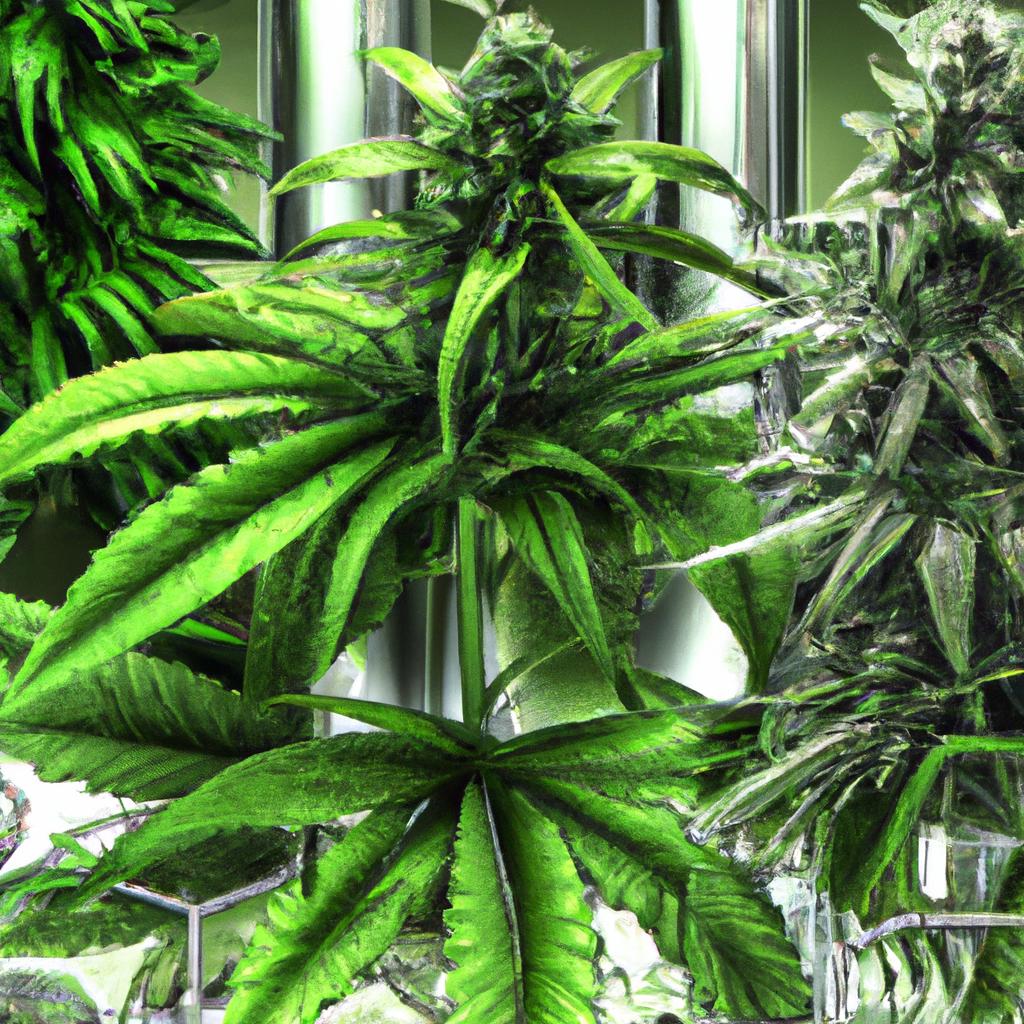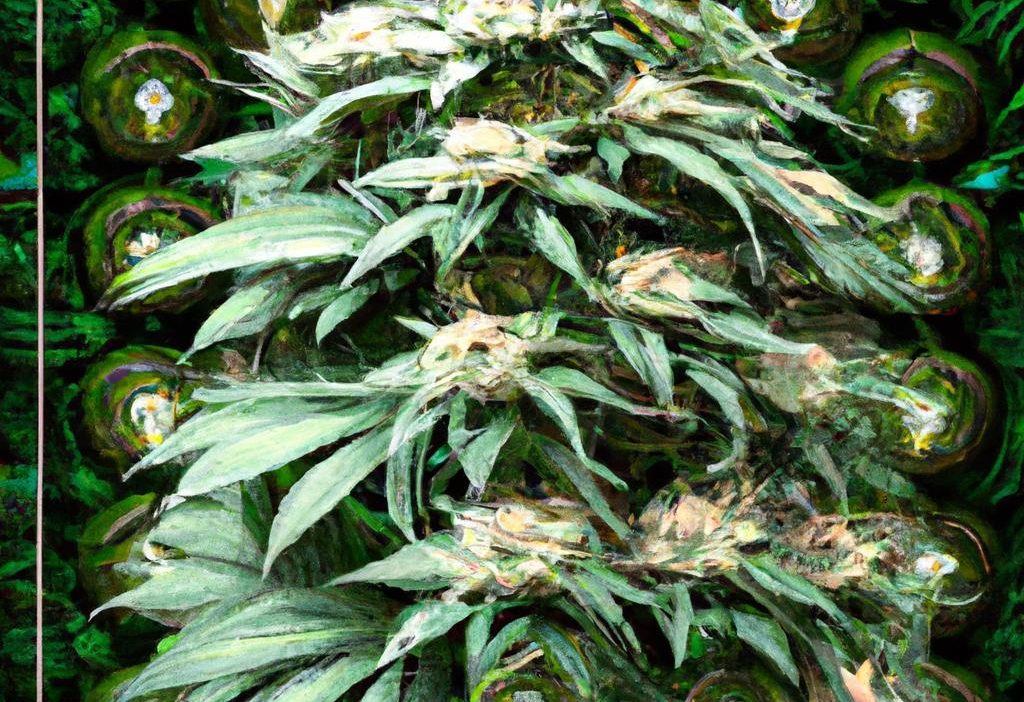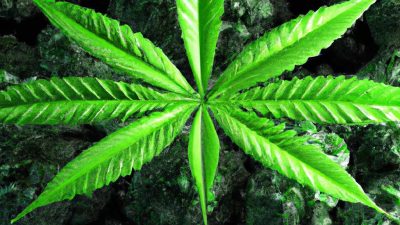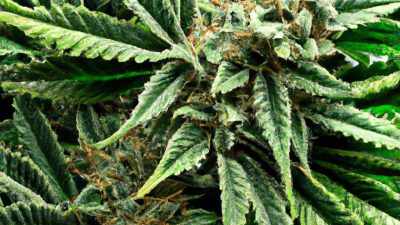
Comparing 5 Extraction Systems by Energy Efficiency in Cannabis processing
In today’s fast-evolving cannabis industry, technology and sustainability go hand-in-hand. efficient cannabis extraction systems not only optimize product quality but also significantly reduce operational costs. As the demand for cannabis concentrates surges, understanding the energy efficiency of various extraction systems becomes essential for businesses aiming for both profitability and environmental duty.
Why Energy Efficiency Matters in Cannabis Extraction
Cannabis extraction is a critical post-processing step that isolates cannabinoids, terpenes, and other valuable compounds from the plant biomass. However, traditional methods can be energy-intensive, impacting the ecological footprint and the bottom line. energy-efficient extraction technologies minimize electricity consumption and reduce greenhouse gas emissions, enabling producers to operate sustainably without sacrificing yield or potency.
Overview of the 5 Popular Cannabis Extraction Systems
Each extraction technique offers unique advantages with different energy consumption profiles. Below is a comparison of five prominent systems:
- Supercritical CO2 Extraction (SC-CO2)
- Hydrocarbon Extraction (Butane, Propane)
- Solventless Extraction (Rosin Pressing)
- Ethyl Alcohol (Ethanol) Extraction
- Ice Water Extraction (Bubble Hash)
Comparison Table: Energy Efficiency of Cannabis Extraction Systems
| Extraction System | energy Consumption | Yield Efficiency | Product Quality | Environmental Impact |
|---|---|---|---|---|
| Supercritical CO2 Extraction | Moderate to High (High pressure pumps & chillers) | High | Excellent (purity & terpene preservation) | Low emissions but high electricity use |
| Hydrocarbon Extraction | Moderate (solvent recovery systems) | Very High | Very High (full-spectrum concentrate) | Flammable solvents, moderate carbon footprint |
| Solventless Extraction (Rosin) | low (manual or semi-automated heat & pressure) | Moderate | good (depends on raw material) | Minimal environmental impact |
| Ethanol Extraction | Moderate to High (solvent recovery & refrigeration) | High | Good (broad-spectrum extract) | Moderate solvent emissions with proper controls |
| Ice Water Extraction | Very Low (cold water & manual labor) | Low to Moderate | good (solvent-free, pure) | Lowest environmental impact |
Detailed Insights into Each Extraction Method
1. Supercritical CO2 Extraction
Using carbon dioxide under high pressure and temperature, SC-CO2 extraction yields clean, potent concentrates with excellent terpene retention.It requires energy-intensive equipment like chillers and pumps wich increases electricity consumption. However, it’s preferred for its solvent-free product and ability to fine-tune extraction parameters, balancing energy use with product quality.
2. Hydrocarbon Extraction
This technique employs butane or propane gases to dissolve cannabinoids and terpenes. While energy use for solvent recovery systems is moderate, it provides very high yields and full-spectrum extracts. Safety and environmental concerns around flammable solvents require efficient containment and ventilation systems, which may add to energy usage.
3. Solventless Extraction (Rosin Pressing)
rosin uses heat and pressure to squeeze oils from cannabis flowers or hash without solvents. It boasts very low overall energy consumption, especially in manual presses. While yield efficiency is lower than solvent-based methods, it appeals for producing natural extracts with minimal environmental impact.
4. Ethanol Extraction
Ethanol extraction is a versatile method that uses alcohol as a solvent followed by extensive recovery and purification steps. Energy is consumed primarily in solvent distillation and temperature control. Innovations in closed-loop ethanol recovery and low-temperature processes improve energy efficiency substantially.
5. Ice Water Extraction (Bubble Hash)
The simplest and most traditional method, ice water extraction uses agitation and cold water to separate trichomes mechanically.It has a very low energy footprint as it mainly requires water chilling and manual labor, yielding solvent-free, pure concentrates ideal for artisanal products.
Benefits of Choosing Energy-Efficient Cannabis Extraction Systems
- Cost Reduction: Lower electricity usage decreases operational costs, boosting profitability.
- Environmental Responsibility: Reduced carbon footprint aligns with lasting business practices.
- Higher Product Quality: Efficient extraction enhances cannabinoid profiles and terpene preservation.
- Regulatory Compliance: Eco-amiable methods help meet stringent environmental regulations.
Practical Tips for optimizing Energy Efficiency in Cannabis Extraction
- Use Closed-Loop Systems: Prevent solvent loss and reduce energy needed for recovery.
- Invest in Modern Equipment: Look for machines with energy-saving modes and variable controls.
- Continuous Monitoring: Track energy consumption to identify inefficiencies.
- Optimize Extraction Parameters: Adjust pressure, temperature, and cycle times carefully for the best energy-to-yield ratio.
- Regular maintenance: Ensure pumps, compressors, and heaters operate at peak efficiency.
case Study: How a Mid-Sized Cannabis Processor Improved Energy Efficiency by 30%
A mid-sized cannabis company recently switched from a traditional hydrocarbon extraction to a state-of-the-art supercritical CO2 system equipped with energy recovery features. By optimizing extraction cycles and integrating solar power, they cut their electrical consumption by almost 30% within the first year, maintained high product quality, and improved compliance with environmental standards-demonstrating the tangible benefits of investing in energy-efficient extraction technology.
Conclusion
As the cannabis industry grows, energy efficiency in extraction systems is no longer just a luxury – it’s a necessity. Comparing the five extraction methods reveals that solventless and ice water extraction lead in energy conservation,while modern SC-CO2 and ethanol extraction systems balance power with precision and purity. Choosing the right extraction system depends on your business goals, product needs, and commitment to sustainability.
Implementing energy-efficient cannabis extraction technology not only enhances your bottom line but positions you as a responsible leader in the cannabis market-an increasingly crucial factor for consumers, regulators, and investors alike.
Weather you run a boutique brand or an industrial-scale operation, understanding energy efficiency in cannabis processing is key to a greener and more profitable future.





